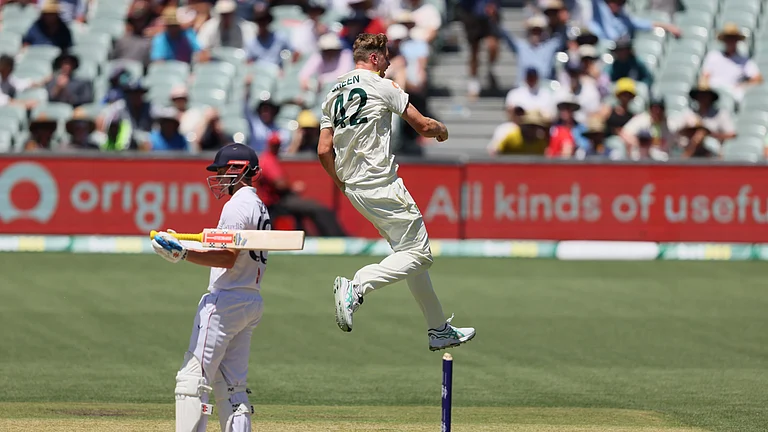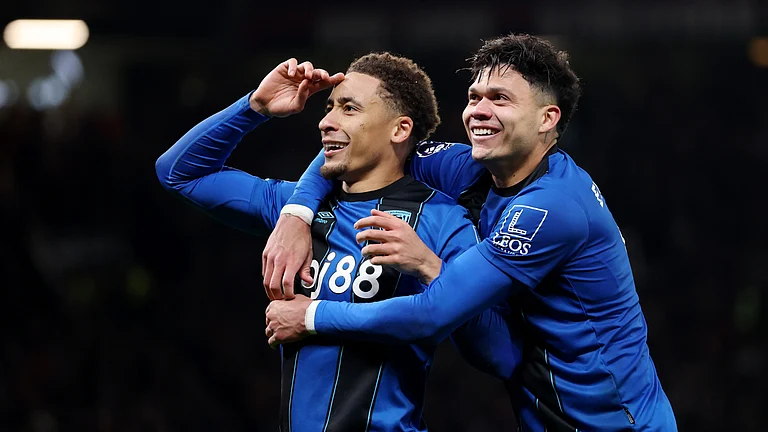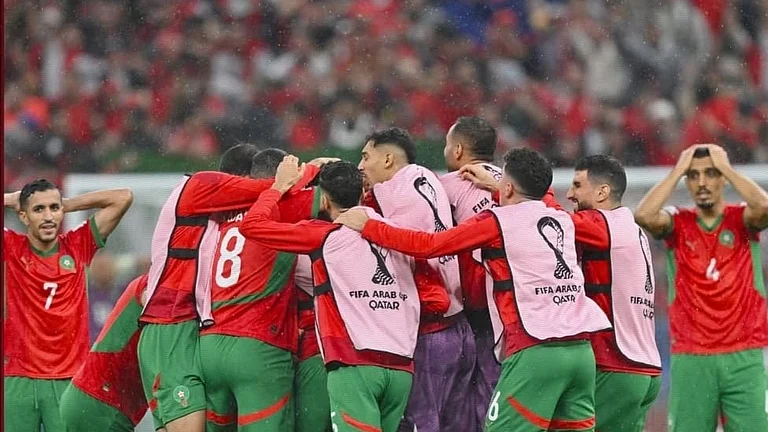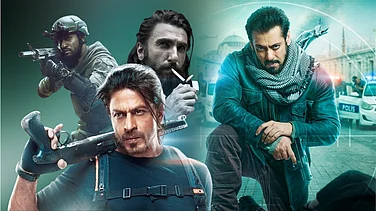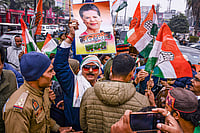If Zee sneezes, Star has to catch a cold and vice versa. On March 15, Star TV hosted the most-talked-about party in the Capital with every VIP, from A.B. Vajpayee to Arun Jaitley and Pramod Mahajan, rubbing shoulders with media mogul Rupert Murdoch. All this to celebrate seven years of the popular Rajat Sharma show, Janta ki Adalat. Not to be outdone, the same evening in Mumbai, Zee too put up a dazzling show to announce the launch of its two new channels-Zee English and Zee Movies. Meanwhile, even as the media speculates on Murdoch's infotech and dth (direct-to-home) ambitions, the most visible change on the Star platform happens in April when its flagship channel, Star Plus, goes totally Hindi.
The irony in this image makeover of the two networks couldn't be more stark. While the upmarket channel is wooing the masses, the channel of the masses is now targeting the classes. Star doesn't consider this unusual. "If we are half-Hindi, why not go the whole hog? There has already been a gradual increase in the quantum of our Hindi programming," says Sameer Nair, Star's senior vice-president, programming. Zee claims it's building up multiple brands, each with its own distinct identity. "We aren't restricted by Zee's homegrown image. Our new channels will be TV for the dotcom generation," claims Zee Telefilms' Delhi-based vice-president Ranjan Bakshi. "Zee wants to go global from being local. On the other hand, Star, despite its Indian programming, has always been perceived as a foreign channel. It wants to homogenise," says media commentator Sudheesh Pachauri. But what does this mean for the viewer?
"Our aim is to raise the benchmark of popular entertainment," claims Nair. Star Plus will soon see a deluge of new shows. Saher, starring Dina Pathak, Surekha Sikri and Niki Aneja, is about three generations of women and their search to find new meanings in life. Darr, written by Anurag Kashyap (of Satya and Kaun fame), is the tale of a psychopath that's meant not just to startle the audience but also make it think. Deewarein, with Milind Soman in a stellar role, is set in royal Rajasthan. Sinsinati Bubla Boo is a comedy set in a shopping mall and Life Nahin Hai Aasan is a "feel-good" serial.
Zee English has struck deals with global entertainment giants like cbs, Warner Bros, Pearson, Carlton and Freemantle to put together 3,000 hours of original programming. The shows include Late Show with David Letterman, Royal Canadian Air Farce, ER and the latest episodes of popular American comedy Friends, the earlier episodes of which are currently being aired on rival Star World. Also on the menu are the old favourites like Charlie Chaplin, Here's Lucy and Three's a Company and some India-based programmes like Tonight with Feroze Gujral. Zee Movies, with 700 titles, has some aces, like the Alfred Hitchcock classics and the Rock Hudson films. There's Charade, the stylish Cary Grant-Audrey Hepburn comic-thriller and Roman Polanski's Ben Kingsley starrer Death and the Maiden.
Meanwhile, controversy has already begun. On the day of the launch of Zee English, its signal was allegedly blocked twice (9.30 pm to 10 pm when ER was on and 11 to 11.15 pm when Here's Lucy was playing) by an unknown carrier and the channel has been suspecting foulplay.
But the mystery of the blocked signal is just a small incident. The larger story is different; it's about the networks' attempt to build up their direct-to-operator (dto) package. Which is the way broadcasting in India is heading. Two sets of channels are slowly getting crystalised-the Star and the Zee package. In the next one year, Zee plans to launch 8-10 new channels and in another two years it intends to become a bouquet of 24-30 channels. Star is planning six regional channels.
So, where does it leave the third angle of the triangle? Sony has set, axn, cnbc and set Max in its package and plans to launch two other channels in the next six months. "Zee has ambitions of being a national broadcaster. Sony's is the boutique strategy, of offering premium channels," says Kacon Sethi, general manager set Max. It has already poured in money to acquire some of the biggest Hindi films of 1999, like Biwi No.1, Hum Dil De Chuke Sanam, Vaastav and Kaho Na Pyar Hai. Talks are also on to buy the rights for Taal and Hum Saath Saath Hain. So if you aren't a couch potato yet, you'll soon be made one.








